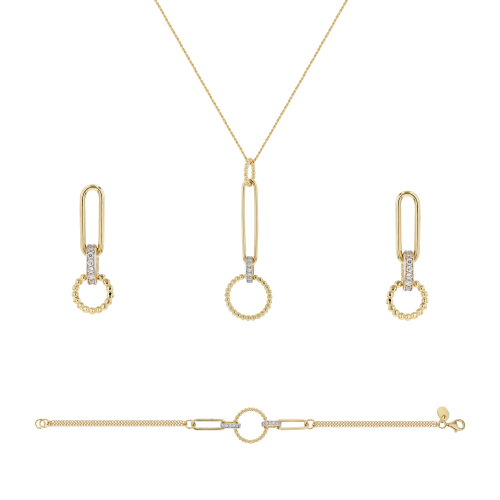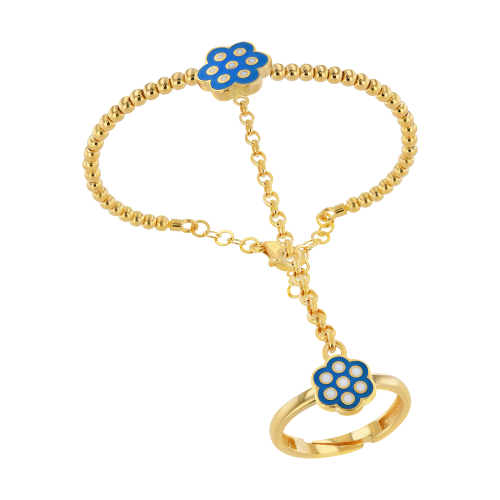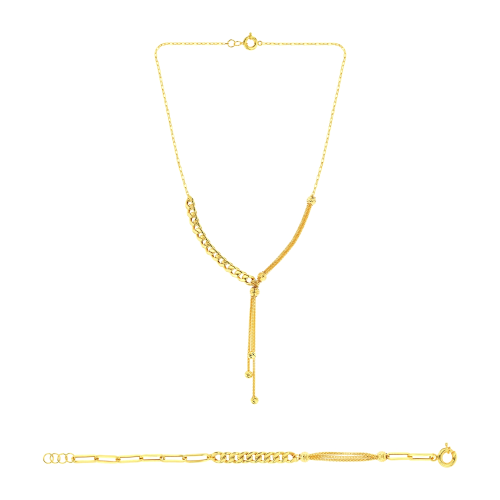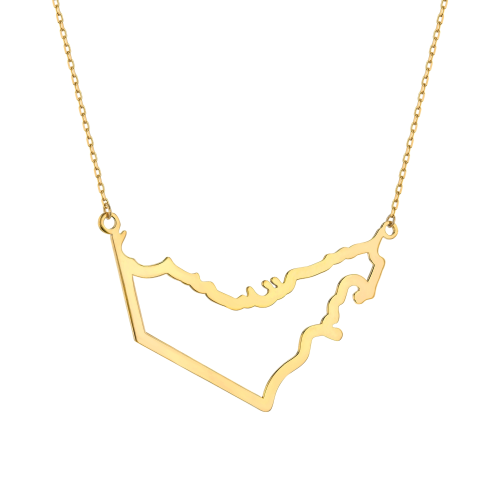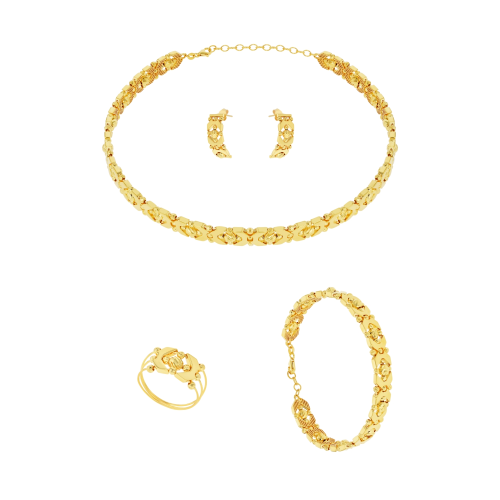Your Ultimate Guide About Diamonds!
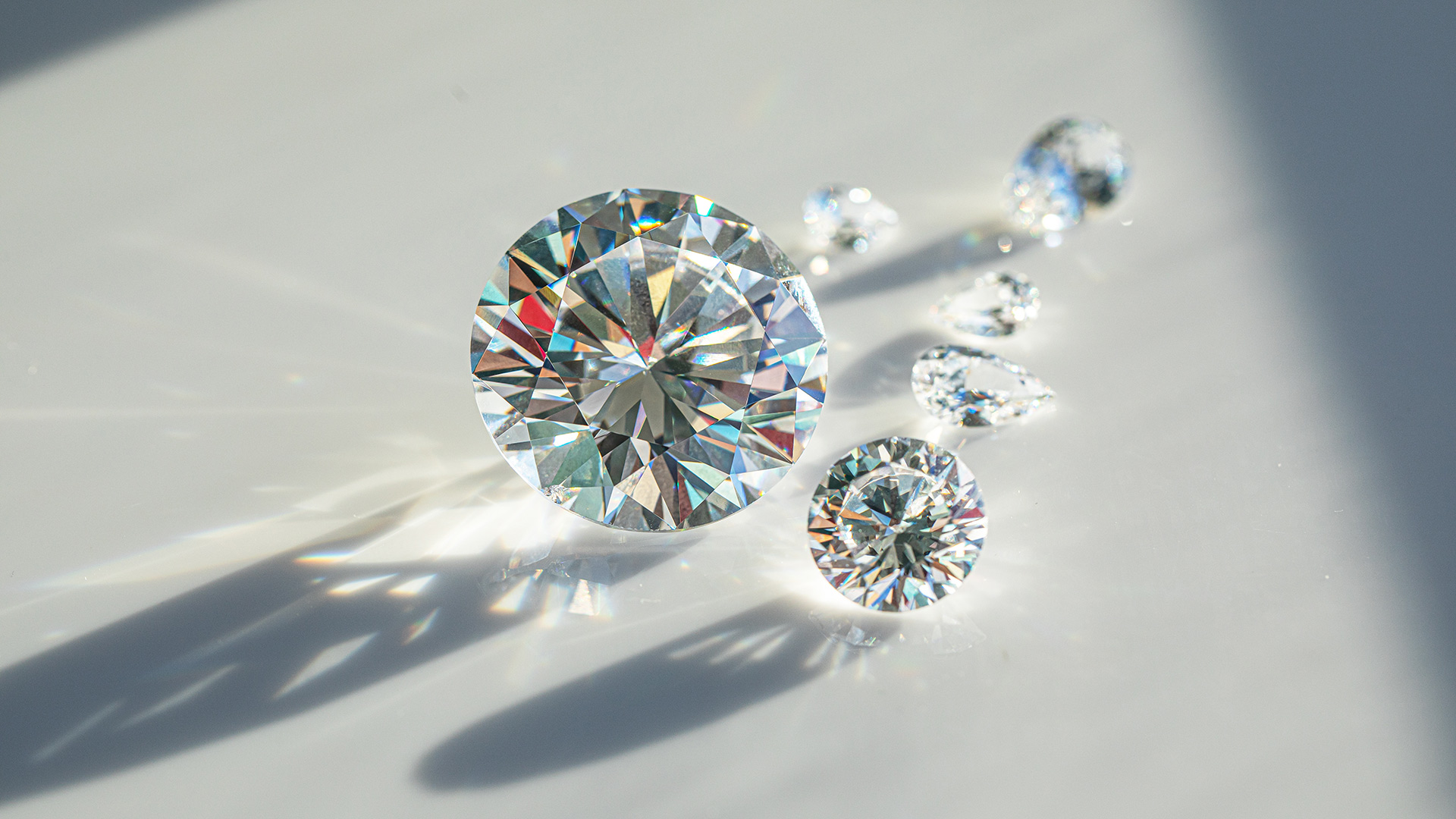
You must have heard the term, "Diamonds are a girl's best friend, " which is true. Who wouldn't wish for a diamond engagement ring? This precious gem makes life events memorable and enhances your outfit's look at a formal or informal gathering. So many varieties of diamonds are available, varying in types, colours and purity levels. So, how do you decide which one to select if you will buy one for yourself or your fiancé or partner? It may get very confusing as not all diamonds are the same. Generally, diamonds are differentiated in terms of 4 things: cut, clarity, colour and carats. However, these do not represent the diamond types but only a grading system. You get multiple types of diamonds based on their chemical makeup, varying in colour and purity. Let's explore a diamond's anatomy to help you know your diamond jewellery better and help you decide which type of gem to go for. From the buyer's perspective, four diamond types exist:
1. Natural Diamonds
These are regular white colourless diamonds. Everybody probably imagines these when you speak with them about diamonds.
2. Lab-Grown Diamonds
Lab-grown diamonds are a growing trend that has developed increasingly in the last few years. These are also known as man-made diamonds. Like other products, such diamonds are made using technology. Today, you can get lab-grown diamonds at about 50%-60% cheaper than regular diamonds, and it is estimated they will become even cheaper with passing time.
3. Treated Diamonds
Treated diamonds are mined like regular diamonds but later changed to get a better-looking diamond. Their attributes are artificially enhanced or manipulated. Inclusion filling is one of the examples where jewellers use a specific material to cover up a diamond's impurities and enhance its colour.
4. Natural Fancy Color Diamonds
These are the most beautiful diamonds, as naturally coloured ones are rare compared to regular ones. The demand for these diamonds has risen as more celebrities wear them as a global fashion, relationship or status symbol.
You can get these diamonds in a wide array of rainbow colours, the most famous being pink and canary yellow. Other colours include purple, violet, red, green, blue, etc.
Based on chemical impurities and structural anomalies, you get different types of coloured diamonds.
I. Type Ia Diamonds
You see a yellowish tone with type Ia Diamonds because they contain nitrogen in their physical crystal structure. They can't absorb any visible light. These are the most commonly found.
II. Type IIa Diamonds
Type II diamonds are the clearest-looking and highly pleasing to the human eye. They don't have nitrogen impurities that may cause a yellow or brown tint. The light can easily pass, creating the most valuable, rarely existing diamond. Examples include the Koh-I-Noor, the Hope Diamond, the Graff Pink and others.
Colour and Purity Classification in Diamonds
Apart from the diamond classification due to its chemical makeup, you can also distinguish one gem from another based on colour. The lower-graded diamonds have a visibly yellowish tint in colourless diamonds, while very high-graded ones show less colour, as mentioned earlier.
Purity is a second important aspect when selecting the right diamond. Diamonds get small birthmarks during their formation process. When these are inside the diamond, they are called impurities. On the outside, they are called flaws. Remember, there is no perfectly pure diamond. But the better the purity lever, the better a diamond's clarity and the more it is expensive. You have a Gemological Institute Of America (GIA) Diamond Clarity Scale, which has six (6) main categories, further subdivided into 11 mini grades. These six grades are:
i. Flawless (FL)
ii. Internally Flawless (IF)
iii. Very, Very Slightly Included (VVS1 and VVS2)
iv. Very Slightly Included (VS1 and VS2)
v. Slightly Included (SI1 and SI2)
vi. Included (I1, I2, and I3)
Cutting Classification of Diamonds
In addition to colour and purity, one of the most essential things in a diamond is the cutting method. You can measure the cut quality of a real diamond based on the dimensions, symmetry and shine. It is the only human factor that plays a role. Do notice that a well-cut diamond will let light pass through the crown. A reliable jeweller can work here best in helping you select the right diamond for you of the perfect look, colour, purity and cut.
Ending Note
Selecting the right diamond for your jewellery can feel daunting as such a wide variety of diamonds are available in multiple cuts and colours. Also, checking if a diamond is real can get hectic and tricky when buying from a new jeweller. The wise thing is to go to a trusted old diamond jeweller such as Al Romaizan Gold and Jewellery. You can share your gem requirements with them without hesitation regarding the type of coloured diamond you want. Their intricate, finely detailed and highly polished diamond pieces will put you in awe of their jewellery mastership. You can approach Al Romaizan Gold and Jewellery through any global branch and trust them to find you the perfect diamond.
